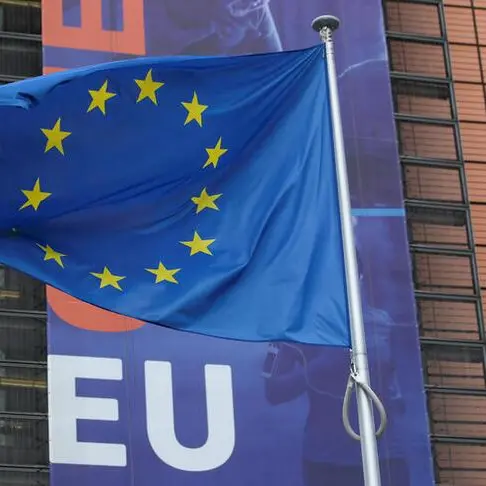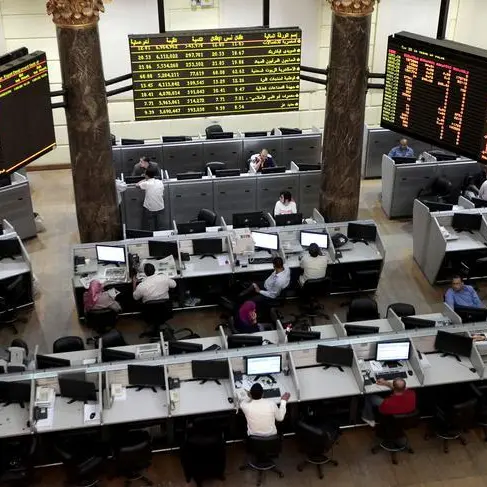Amid all the focus on the trade tensions and the emerging market woes, the gold market paid little attention to strong central bank buying this year. Most likely because the buyers were well known: Kazakhstan, Russia and Turkey.
More recently, surprising buyers emerged, i.e. Poland, which added 9 tonnes to its reserves over the past two months and in Hungary, as announced yesterday.
The Hungarian central bank increased its gold reserves from 3.1 tonnes to 31.5 tonnes this month, in order to secure the country’s wealth – whatever this may mean.
Assuming it relates to the value of the Hungarian forint, examples of countries which have been adding to their reserves in recent years show that gold does not guarantee the stability of a currency.
The latter is rather determined by the health of the underlying economy, the outlook for monetary policy, the credibility of the central bank and the political backdrop.
That said, central bank buying shows the desire for diversification in a time when some countries increasingly are at odds with the U.S. dollar amid the U.S. administration’s sledgehammer politics.
As regards the gold market, we believe the impact is limited. While central banks accounted for around 10 percent of global gold demand in recent years, this did not prevent prices from falling.
Very much independent of central bank buying, we continue to see upside for gold. Normalising sentiment in the futures market should provide short-term support while in the medium to longer term it should benefit from a weaker U.S. dollar and returning safe-haven demand.
Any opinions expressed here are the author’s own.
Disclaimer: This article is provided for informational purposes only. The content does not provide tax, legal or investment advice or opinion regarding the suitability, value or profitability of any particular security, portfolio or investment strategy. Read our full disclaimer policy here.
© Opinion 2018












